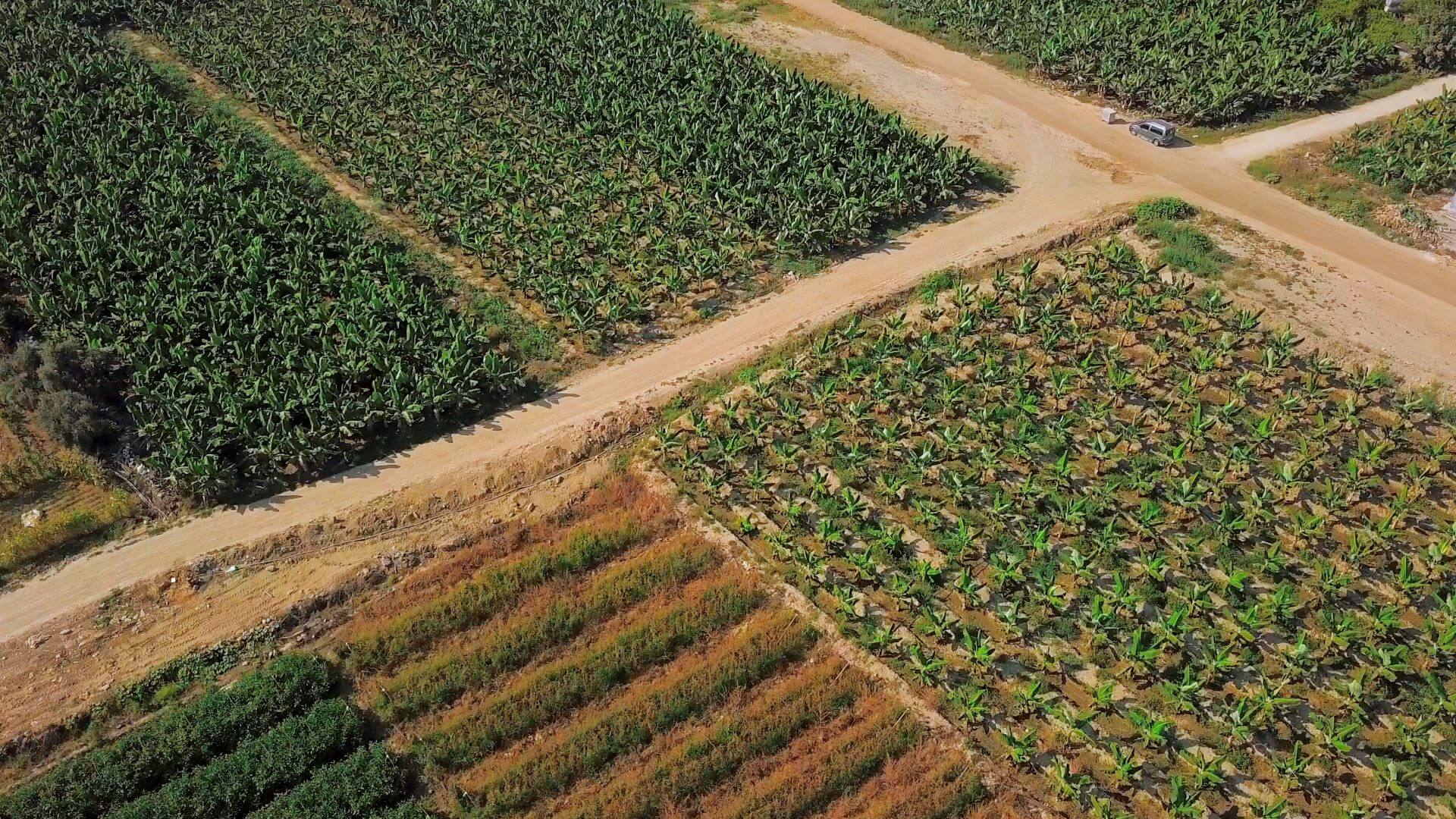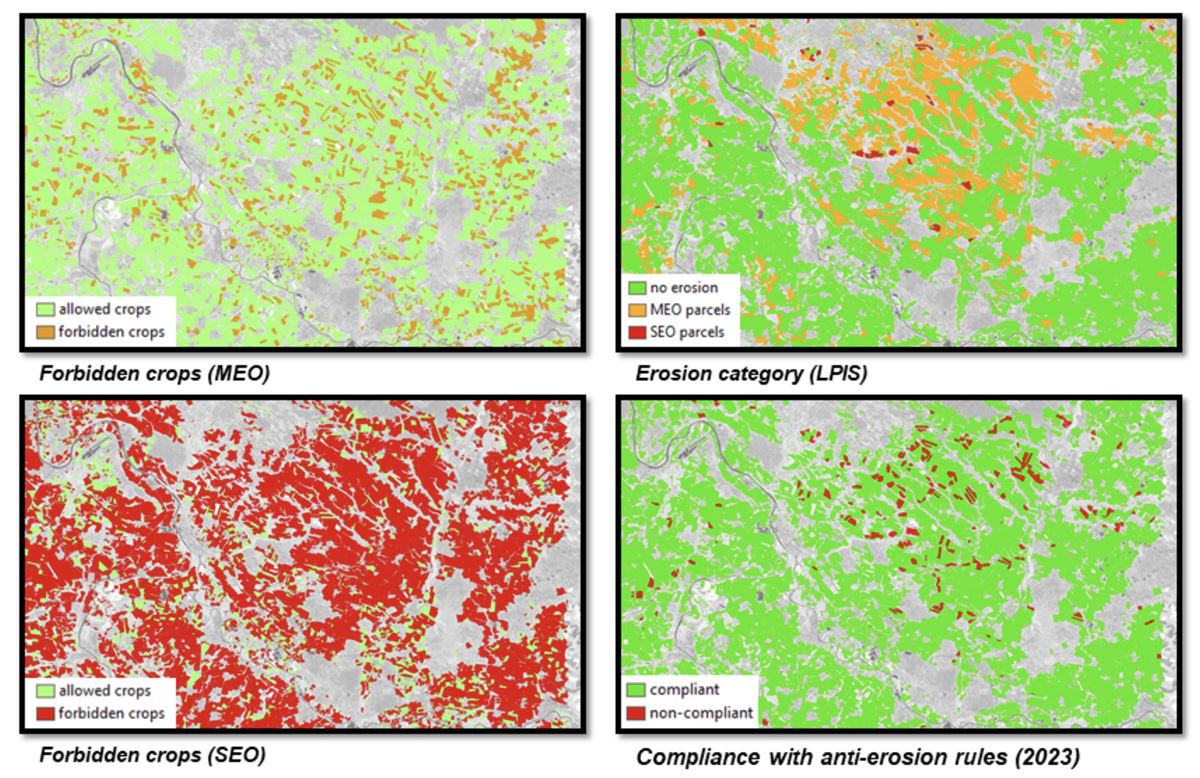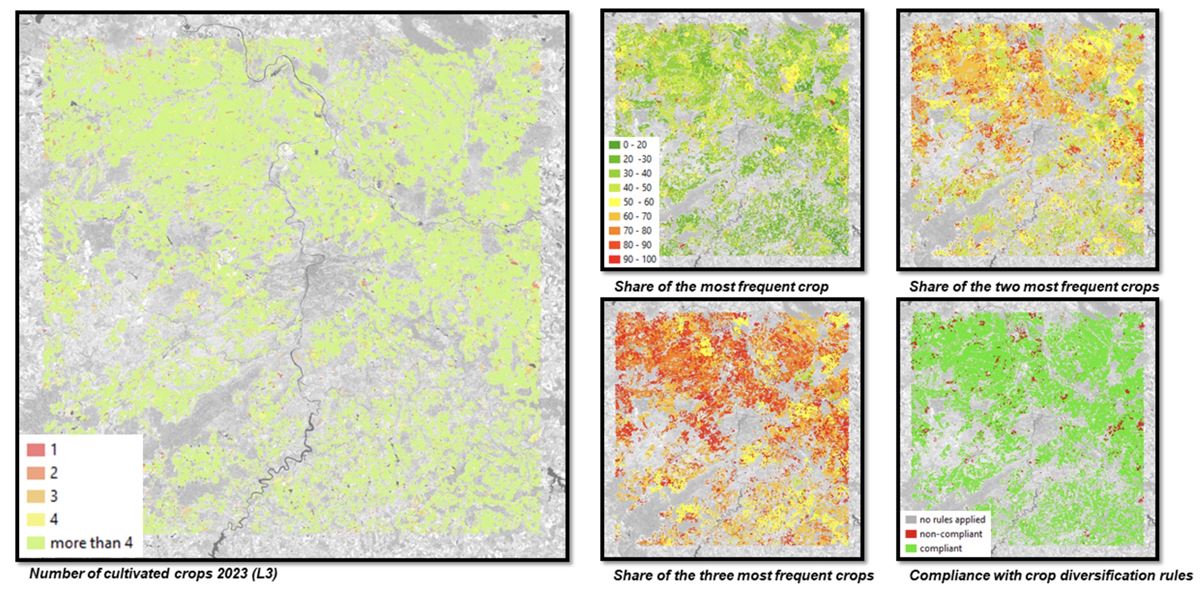SITUATION
The implementation of CAP eco-schemes requires checks and assessments made at an unparalleled scale.
The New Common Agricultural Policy (CAP) introduced eco-schemes as a set of voluntary rules, offering a significant opportunity to address agri-environmental concerns more effectively and support farmers in transitioning towards more sustainable management models. These eco-schemes focus on a common list of action areas defined at the EU level, such as organic farming, agro-ecology, precision farming, and carbon farming. The effective implementation and verification of these new schemes necessitated robust and innovative monitoring techniques.
The People4NewCAP (Pioneer Earth Observation apPLications for Environment - The New CAP Agriculture Eco-schemes) project was designed to demonstrate how Earth Observation (EO) monitoring techniques can be utilized to track the fulfillment of conditions defined for particular eco-schemes, thereby supporting Paying Agencies and farmers under the new CAP.




